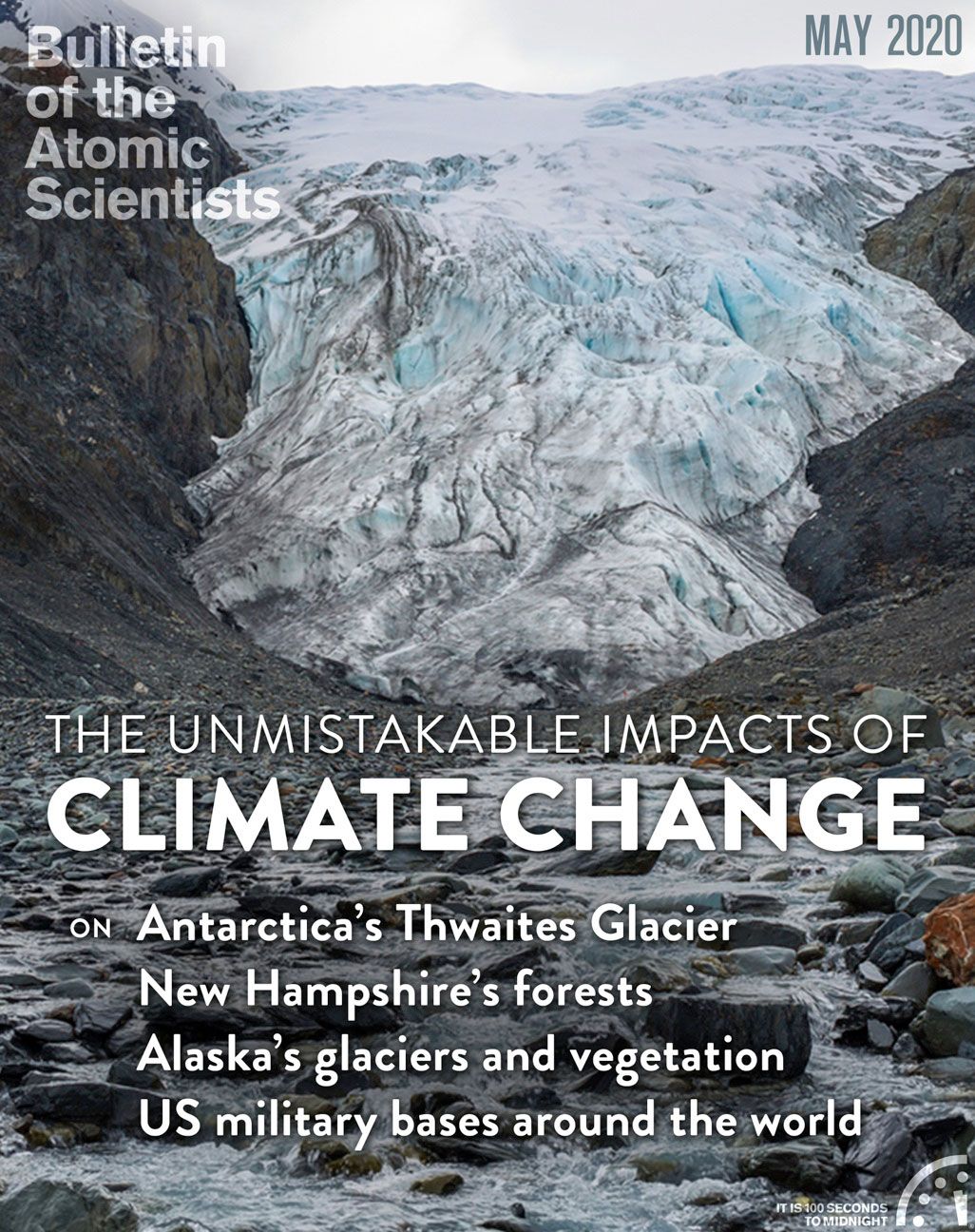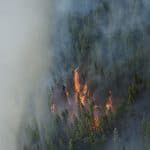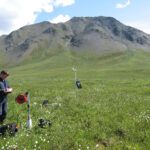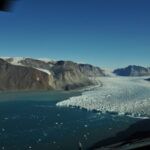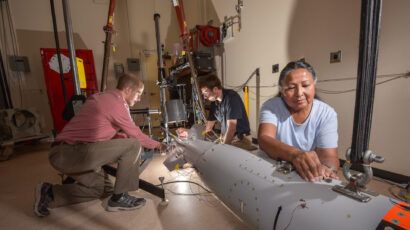How we know the Earth is warming and humans are responsible
By Dana Nuccitelli | May 1, 2020
Air temperature in 2018 at a height of two meters, compared to 1981–2010 average. Data from the Copernicus Climate Change Service shows that 2018 was the fourth in a series of exceptionally warm years, with atmospheric CO2 concentrations continuing to rise. Source: Copernicus Climate Change Service, ECMWF
How we know the Earth is warming and humans are responsible
By Dana Nuccitelli | May 1, 2020
Loading...
Together, we make the world safer.
The Bulletin elevates expert voices above the noise. But as an independent nonprofit organization, our operations depend on the support of readers like you. Help us continue to deliver quality journalism that holds leaders accountable. Your support of our work at any level is important. In return, we promise our coverage will be understandable, influential, vigilant, solution-oriented, and fair-minded. Together we can make a difference.
Keywords: climate change, climate consensus, climate crisis, global warming
Get alerts about this thread
0 Comments
Oldest

